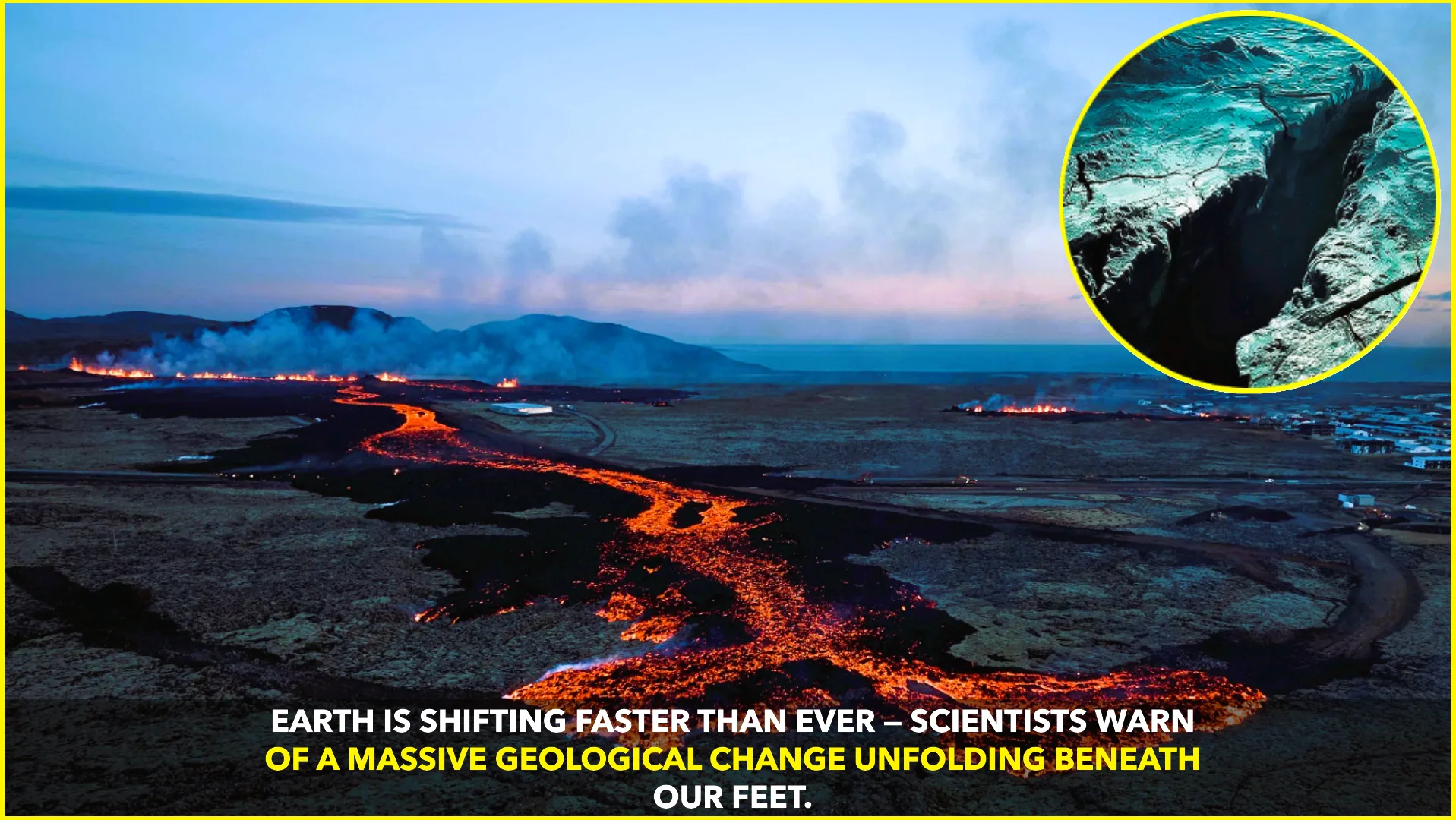New Delhi – April 2025 – In a sweeping overhaul of the Class 7 Social Science curriculum, NCERT (National Council of Educational Research and Training) has completely removed chapters on the Mughals and the Delhi Sultanate from its newly released textbooks. In their place, the updated content spotlights ancient Indian dynasties, sacred geography, and modern government initiatives, reflecting a shift aligned with the National Education Policy (NEP) 2020 and the National Curriculum Framework for School Education (NCFSE) 2023.
What’s Missing: Mughals and Delhi Sultanate Erased
The entire coverage of the Delhi Sultanate and Mughal rule — including detailed accounts of dynasties such as the Tughlaqs, Khaljis, Mamluks, Lodis, and the Mughal emperors — has been excised from the Class 7 Social Science book, Exploring Society: India and Beyond. This marks the first time these portions are fully absent, though they had already been trimmed in earlier syllabus rationalisation efforts during the COVID-19 pandemic in 2022–23.
NCERT officials have clarified that this release is just Part 1 of the new textbook, with Part 2 expected in the coming months. They did not confirm whether the omitted chapters will be reinstated later The Economic TimesNational Herald@mathrubhumi.
What’s New: Ancient Dynasties and Sacred Geography
The updated curriculum introduces students to early Indian dynasties — Magadha, Mauryas, Shungas, and Satavahanas — emphasizing Indian ethos and indigenous heritage.
An entirely new chapter, “How the Land Becomes Sacred,” delves into sacred geography across religions. It explores pilgrimage networks such as the 12 Jyotirlingas, Char Dham Yatra, Shakti Pithas, river confluences, mountains, and forests regarded as holy — showcasing how geography interlaces with faith traditions like Hinduism, Islam, Christianity, Judaism, Zoroastrianism, Buddhism, and Sikhism The Economic Times@mathrubhumiScooNews.
Spotlight on Indian Events & Initiatives
The revised textbook adds contemporary touchpoints, such as the Maha Kumbh Mela in Prayagraj (noting an estimated 660 million participants) — though it overlooks mentioning the tragic stampede that claimed 30 lives.
Further, chapters now reference major government initiatives like Make in India, Beti Bachao Beti Padhao, and the Atal Tunnel. There’s also a new chapter explaining the Indian Constitution, which includes the historical lifting of the ban on flying the national flag at private residences The Economic TimesJagranjosh.com.
Aligning with NEP & NCFSE Goals
These changes are being made in line with the guiding principles of NEP 2020 and NCFSE 2023. The focus is now on embedding local context, Indian traditions, knowledge systems, and philosophies in education — shifting the curriculum away from predominantly colonial narratives The Economic TimesNational Herald.
Mixed Reactions Emerge
Critics argue that removing such significant periods of Indian history is tantamount to rewriting the past and may fuel communal biases. Skeptics perceive the move as leaning toward ideological overtones in school education Wikipedia.
Still, some officials and political figures argue the textbook merely removes repetition, not the historical importance of Mughal rule — suggesting that a more streamlined narrative allows room to highlight earlier or alternative aspects of Indian history www.ndtv.com.
What’s Next?
As NCERT continues rolling out the second part of the revised Class 7 textbook, educators and parents await clarity on whether chapters on the Delhi Sultanate and the Mughals will return. Until then, students will study a version of history reshaped to foreground ancient Indian dynasties, spiritual traditions, and India’s modern developmental narrative.
Quick Summary
- Deleted: Entire sections on Mughals and Delhi Sultanate
- Added: Ancient Indian dynasties, sacred geography, Maha Kumbh, Make in India, Beti Bachao Beti Padhao, Atal Tunnel, a chapter on the Constitution
- Alignment: NEP 2020 and NCFSE 2023 goals of Indian ethos and local context
- Debate: Some see it as educational innovation, others view it as historical dilution










